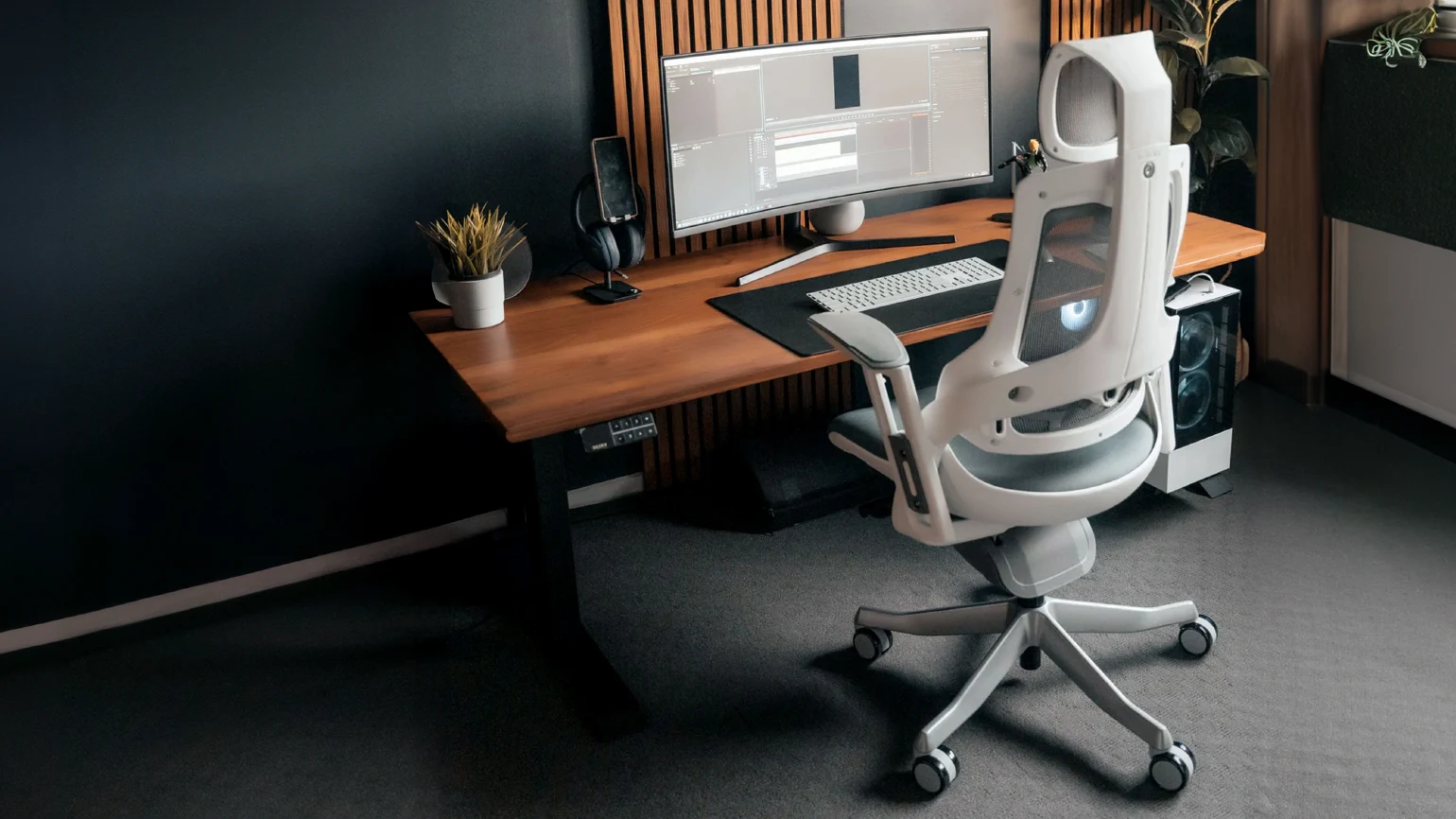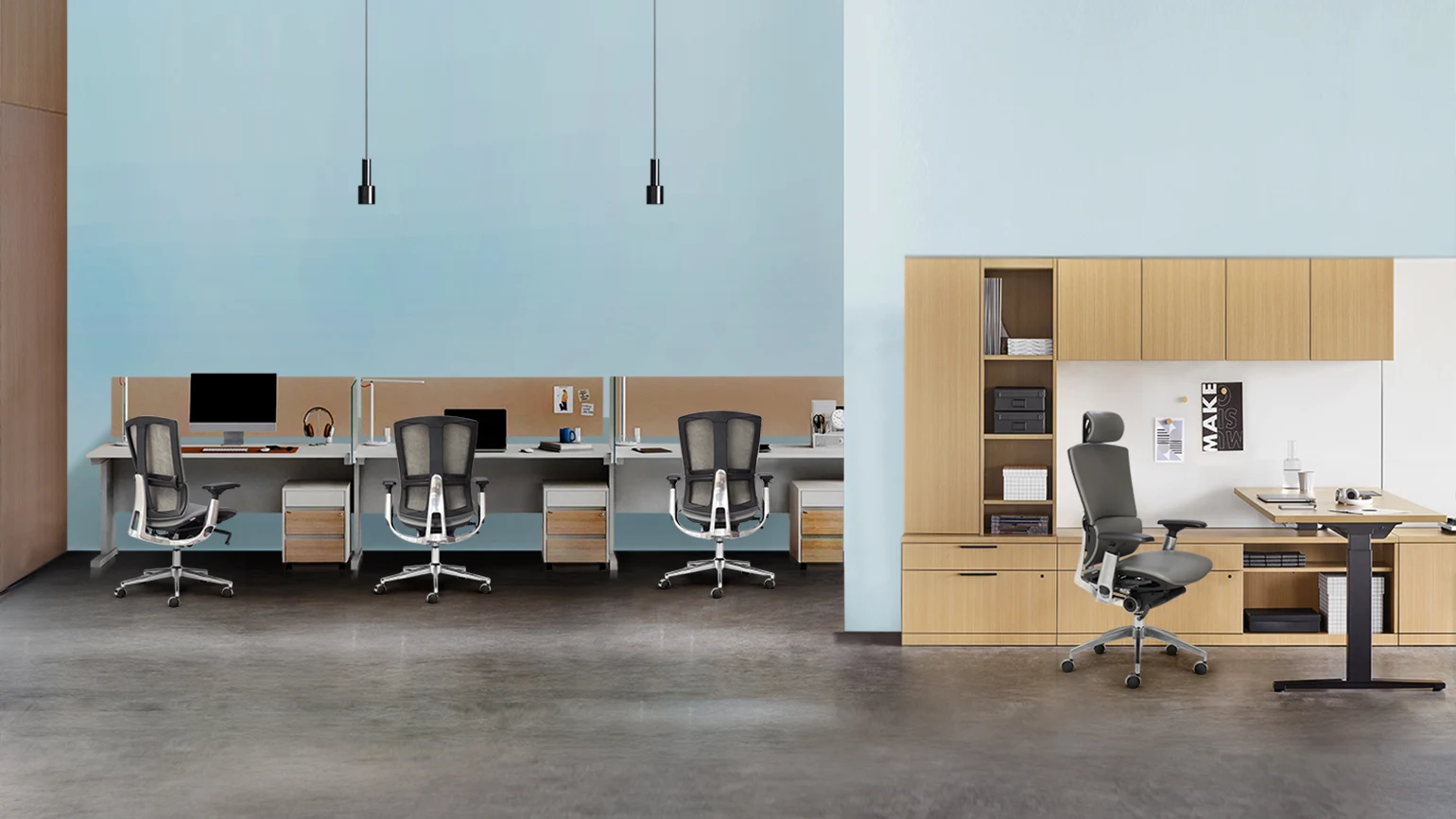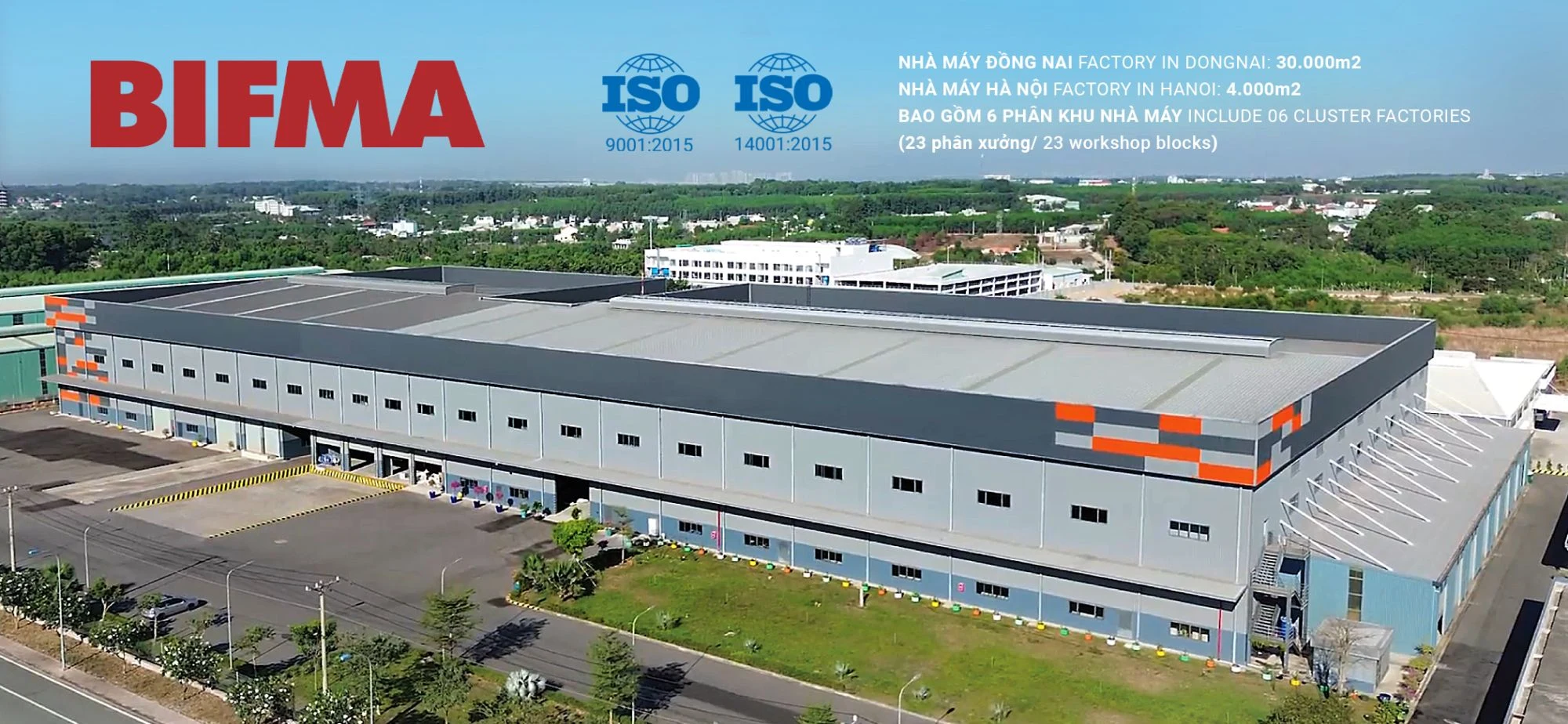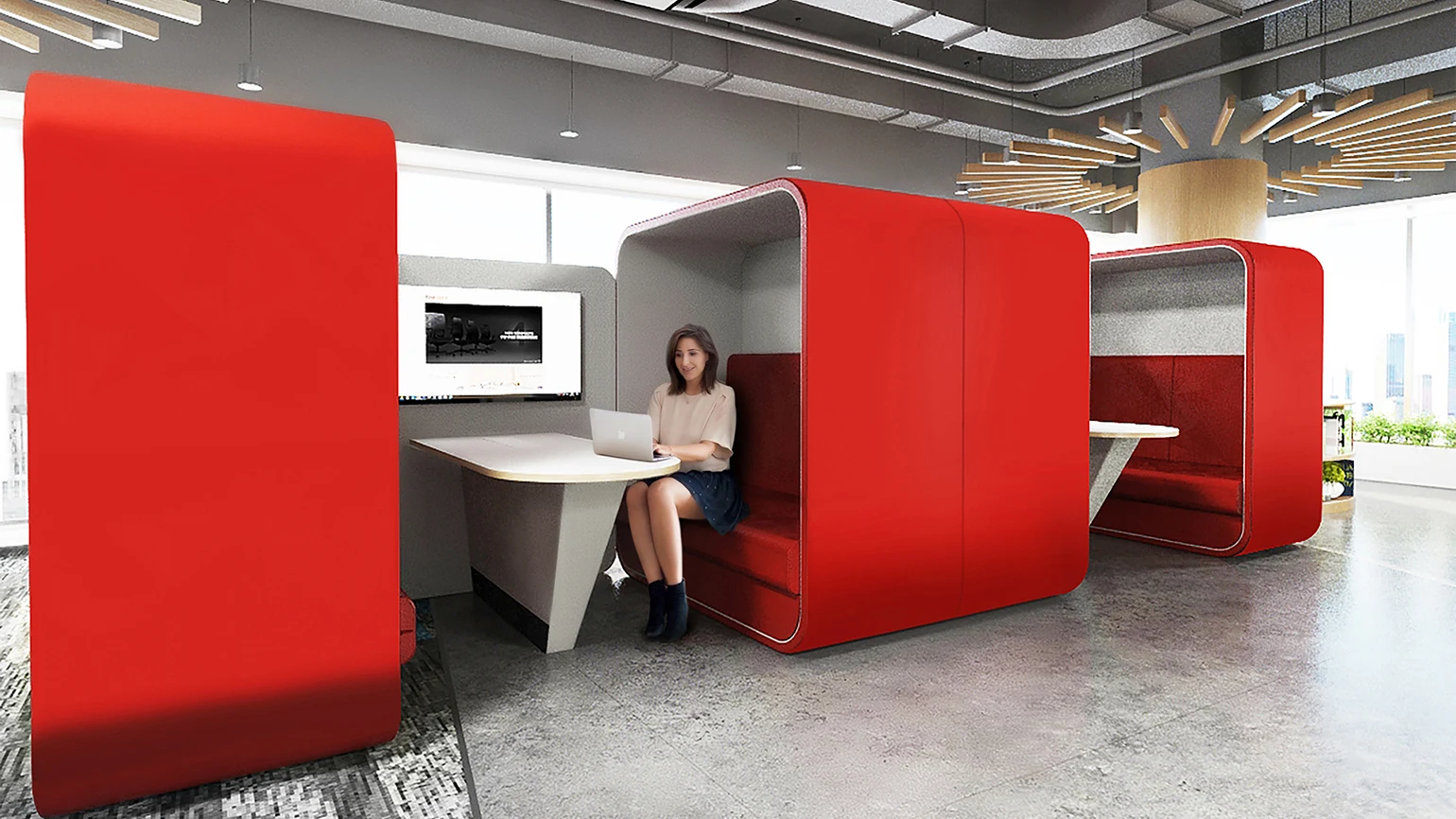Common Mistakes HR & Admin Make When Choosing an Ergonomic Chair
In today’s modern workplace, an ergonomic chair is more than just office furniture, it directly impacts employee health, productivity, and even a company’s professional image. However, many HR managers, office admins, and staff still make seemingly small mistakes when purchasing chairs, mistakes that can lead to costly consequences.
This article highlights the most common errors when selecting an ergonomic chair and offers smart solutions to help you make the right choice, optimize costs, and create the best workplace experience for your team.
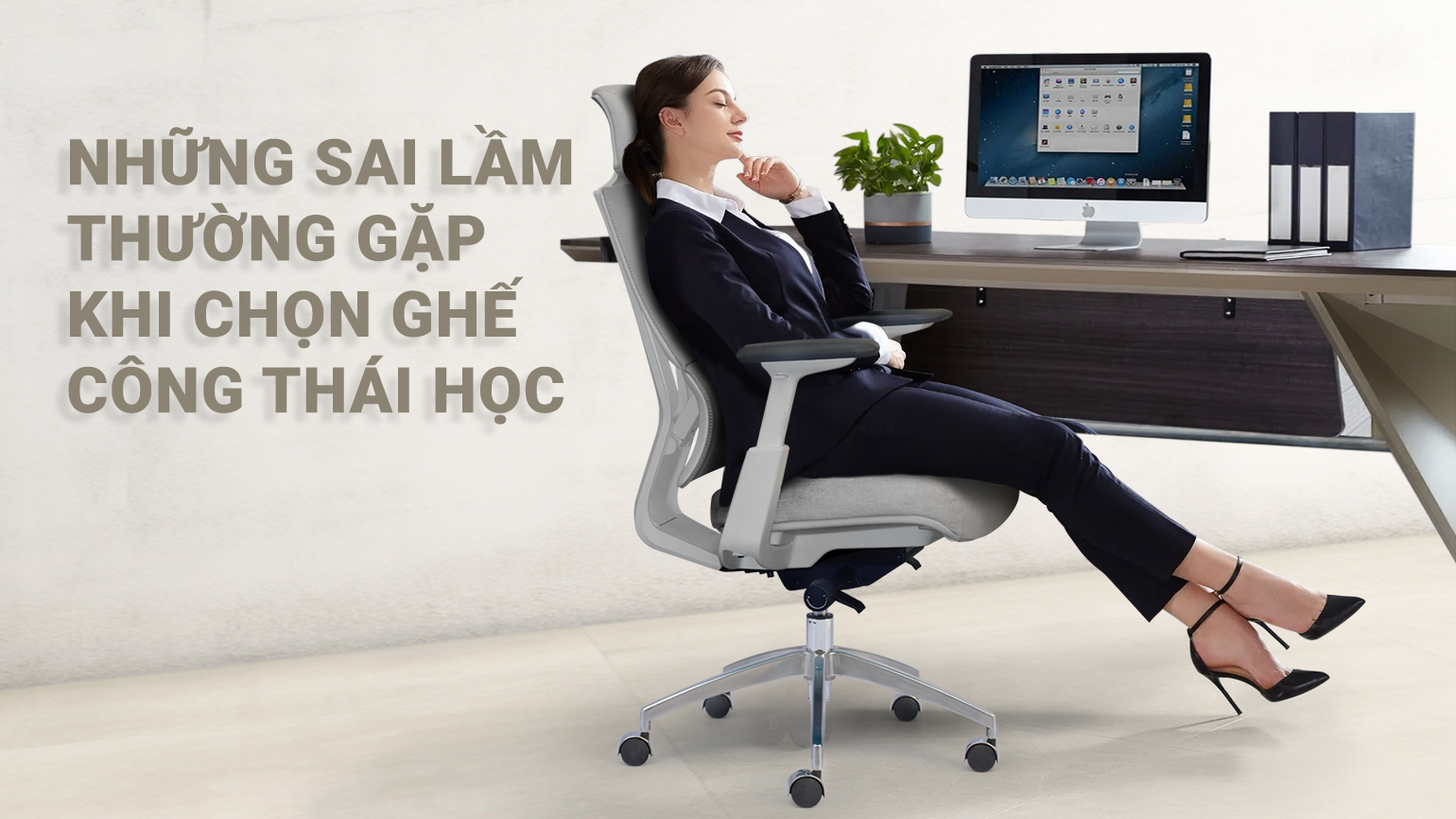
Mistake 1: Choosing an Ergonomic Chair Based Only on Price
Why cheap doesn’t always mean “savings”:
-
Budget chairs often cut essential features: no proper lumbar support, fixed armrests, or thin cushions that wear out quickly.
-
Short lifespan means frequent replacements, which drives up long-term costs.
- Worn-out chairs downgrade the office’s professional image.
Solution: Prioritize long-term value over the initial price tag. A high-quality ergonomic office chair can last 5–7 years, saving costs in the long run.
Mistake 2: Overlooking Adjustable Features
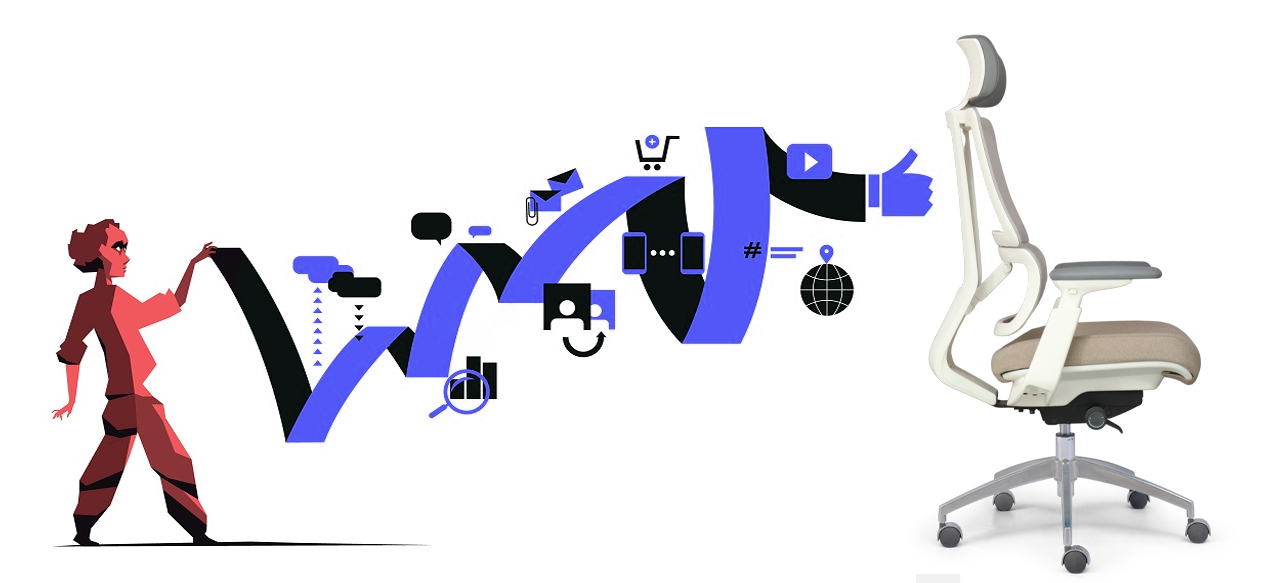
The risks of poor flexibility:
-
Chairs that don’t fit employees’ body types cause discomfort during long hours.
-
Higher risks of back pain, neck strain, and spinal issues.
-
Lower productivity as employees struggle to stay focused.
Solution: Choose chairs with:
-
Adjustable seat height and reclining backrests.
-
Lumbar and spinal support.
-
2D/3D/4D adjustable armrests.
-
Breathable cushions that support the body.
Mistake 3: Ignoring CO/CQ Certification
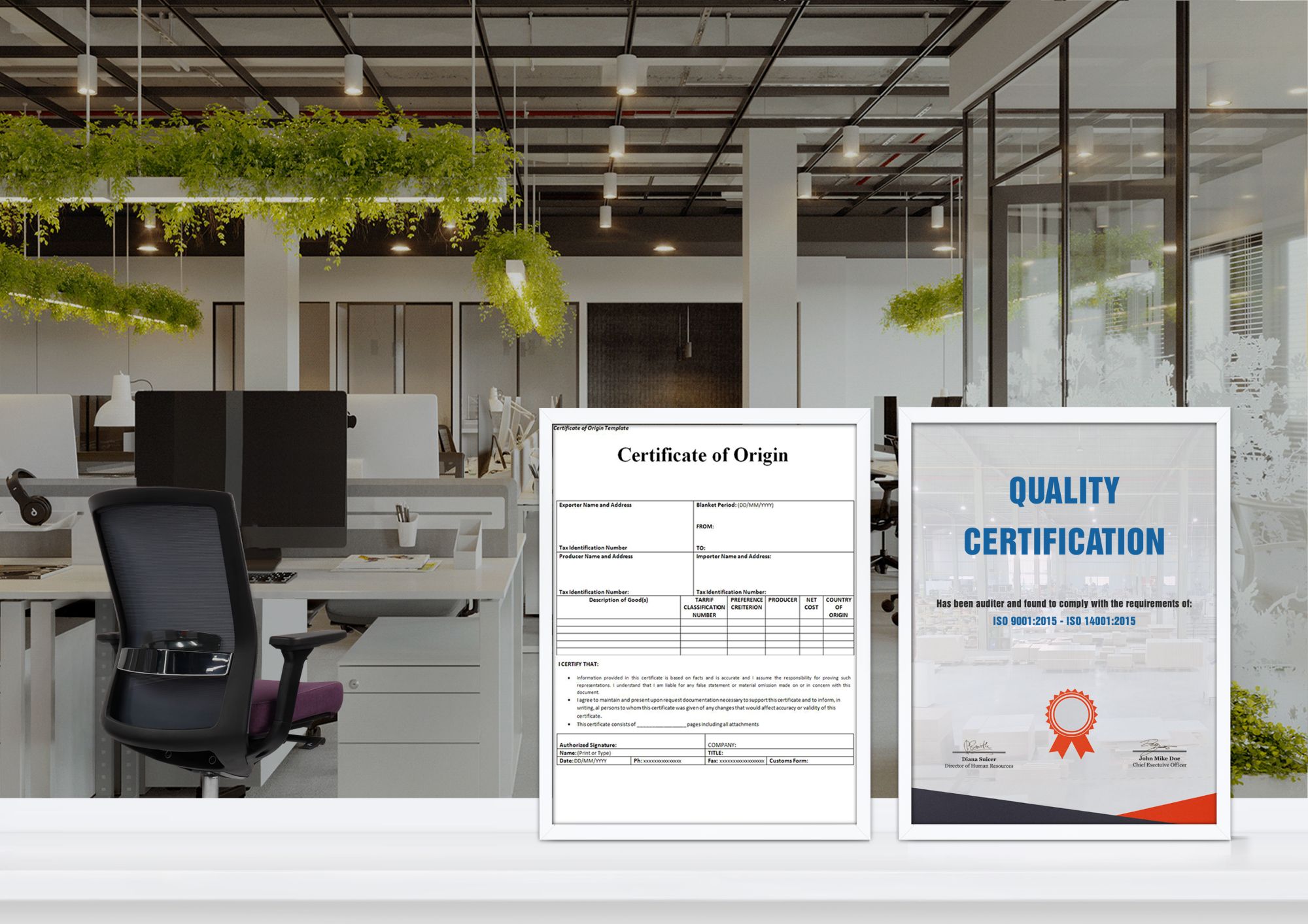
Risks of skipping certification:
-
Unverified origins increase the chance of low-quality products.
-
Substandard materials can trigger allergies or wear out quickly.
-
Damages corporate reputation, especially for FDI companies or large enterprises.
Solution: Always request valid CO/CQ certificates from suppliers to ensure quality and transparency.
Mistake 4: Choosing an Ergonomic Chair Solely for Its Appearance
Good looks don’t guarantee comfort:
-
Stylish but poorly designed chairs create discomfort for employees.
-
The office feels more like a “showroom” than a productive workspace.
-
High investment but little improvement in the employee experience.
Solution: Balance aesthetics with functionality. Many modern ergonomic office chairs are both elegant and equipped with full health-supporting features.
Mistake 5: Lack of Consistency in Chair Selection
The downsides of a mismatched office:
-
An inconsistent look undermines professionalism in front of clients and partners.
-
Warranty and spare parts management become complicated.
-
Employees may feel unfairly treated if some teams receive better chairs than others.
Solution: Select a consistent collection of ergonomic chairs to simplify maintenance and reinforce brand identity.
Mistake 6: Ignoring Long-Term Needs
The cost of short-term thinking:
-
Offices quickly feel outdated, requiring replacements within 1–2 years.
-
Leads to wasted investment and workflow interruptions.
Solution: Invest in durable chairs with flexible designs that can support office expansion for the next 5–7 years.
Quick Checklist for HR & Admin When Choosing Ergonomic Office Chairs
✅ Verified CO/CQ certification
✅ Flexible adjustment features
✅ Safe, breathable materials
✅ Consistent and professional design
✅ Official warranty and long-term value
Choose the Right Ergonomic Chair: An Investment in Health & Performance
An ergonomic chair is not just a seat, it’s an investment in employee well-being, workplace efficiency, and your company’s professional image.

